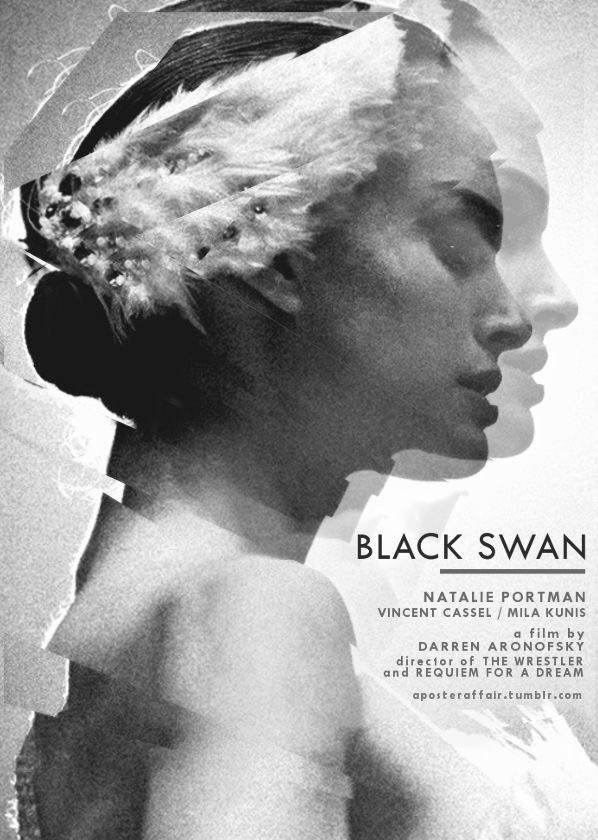Posted on September 7, 2022 by Regina

The only person standing in your way is you.”
Thomas Leroy, Black Swan
Black Swan, released on December 3rd, 2010, stars Natalie Portman, Vincent Cassel, Mila Kunis, and Winona Ryder. Best described as psychological horror, the film revolves around Natalie Portman’s character, Nina, and her spiral towards perfection. Nina is a committed ballerina with tremendous ambition. Nina’s spiral begins when Thomas Leroy, the artistic director of the ballet company, decides to replace his prima ballerina for “Swan Lake”. He is quickly drawn towards Nina, but is hesitant of her ability to play both the white swan (gentle, sweet, dainty) and the black swan (sensual, foxy, sinister). The role eventually goes to Nina, who is committed to perfecting both roles. However, things quickly take a turn when Nina begins overworking herself, and when newcomer Lily (Mila Kunis) challenges her ability perfect the role the black swan.
Before I go into detail about Nina and her alter ego, I’d like to point out another form of “doubles and doppelgängers” in Black Swan that isn’t talked about. That would be Nina and her mother, Erica. Erica is a retired ballerina, who sacrificed her career to care for Nina. She lives her life through Nina. In a way, they are reflections of each other, or what could’ve been of the other. I wanted to tie this observation back to “Womanish” and how Shockley mentions the two girls in the picture are both “the me I wish I’d been at their age” (Shockley 55). Erica is zealously devoted to Nina’s career (and to her well-being) because she see’s herself in Nina.
As the movie progresses, we see Nina slowly deteriorate. Much like how the speaker in “The Yellow Wallpaper” slowly lost her sanity. In Black Swan, Nina notices small details that giver her a glimpse of her “double” or “opposite” such as a different reflection in the mirror or hallucinations. As her rivalry with Lily progresses into a twisted friendship (and romance), Nina’s dark side (the black swan) begins to reveal itself. I think the connection between Black Swan and “The Yellow Wallpaper” is that the main character in both stories “become” the very thing that drove them to insanity. Although the speaker doesn’t necessarily become the yellow wall-paper in the way that Nina becomes the black swan, they are still seen as one. I’d also like to point out how in Basquait’s painting, “Famous” one of the heads is seen as “manic and anxious” while the other one is seen as “drained and somber” (before fame vs after fame). At the start of the movie, Nina is always anxious and worried, wanting only to be the perfect swan princess. As the movie nears its conclusion, Nina becomes more manic, envisioning herself as a literal swan. She was finally perfect, she had given the performance of her lifetime, and the high of it was short lived. The movie concludes with Nina collapsing, bleeding, supposedly to a chest injury. Obviously exhausted, Nina says “I was perfect” before passing out. The difference between the last shot of Nina and the anxious Nina at the start of the movie parallel the heads of Basquait’s painting. They capture the mask one is willing to wear in order to obtain what they want, no matter the cost.